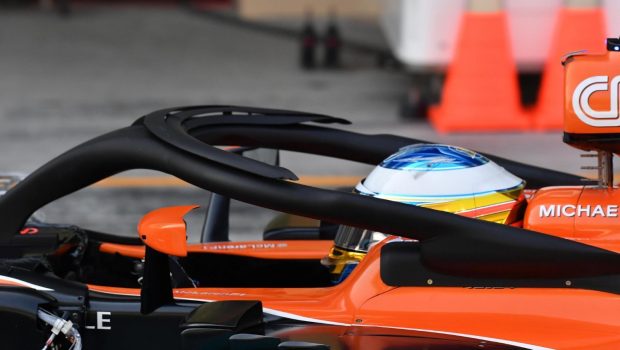What is HALO Technology which saved two drivers live in a day in F1?
https://www.ispeech.org/text.to.speech
In a recent development, Chinese F1 driver, Zhou Guanyu suffered a fatal crash in the British Grand Prix in the early minutes of the 2022 British Grand Prix at Silverstone. The Alfa Romeo driver is reportedly conscious and speaking. H
However, this wasn't the only crash which Formula racing fans bore witness to. In F2 earlier in the day, Williams test driver, Roy Nissany was saved after Dennis Hauger's car turned over and landed on top of Nissany's. This was during a feature race on the Silverstone track, hours before the British GP.
Both these crashes had one thing in common - The much talked about Halo Technology saving lives of both drivers.
What is Halo technology?
The Halo technology was introduced back in 2018 after concerns over driver safety was ever-rising. Essentially, halo is a protective barrier which prevents large objects and debris to enter the driver's cockpit, thereby protecting them. Moreover, it also shields the driver in the event of a whole car flipping and landing on another, as seen today.
Prior to its welcome back in the exciting yet precarious world of F1, the organizing body, FIA, had conducted research and debated over various options. Finally, Halo was chosen. Weighing around 7 kg, it is made up of sculpted titanium, it can withstand the pressure created by a huge 12 tonne weight. This makes the halo the strongest part of a formula racing car, pitting it against the likes of a London Double-Decker bus.
Back in February 2018, Mercedes-AMG Petronas' YouTube channel took out a detailed video on the ins and outs of the then-newly added piece of technology to their cars. They revealed that while the solid tube was a hindrance to the aerodynamics of the speedy car, policy allowed each team to modify the barrier according to their own needs. This helped them to make sure the main aim of the sport is preserved: to go as fast as possible.
While the diminutive yet strong piece of metal was destined to ensure safety, formula racing fans and drivers alike were split over the introduction of the same. The likes of Fernando Alonso and Sebastian Vettel agreed with the FIA over safety concerns and Lewis Hamilton was happy to abide by the ruling body, drivers Max Verstappen, Nico Hulkenberg, and Kevin Magnussen were critical of the technology.
In a 2017 article by the Guardian, Verstappen was quoted saying, "There needs to be a certain element of risk. You can improve the car but we don't need this thing on top of it. It's just not the looks, I don't think it is necessary."
Gradually, the Halo was brought into the good books of erstwhile doubters after Lewis Hamilton was saved by the same after a crash with Max Verstappen back in 2021. Further back in 2020, Romain Grosjean confessed his dislike towards the Halo but showed gratefulness after suffering a horrific crash in the Bahrain GP. He too was saved thanks to the Halo.
After today's happenings, the fact remains that driver safety is of the utmost importance. While aesthetics and the high-octane nature of the sport is surely important, the health and well-being of the drivers certainly is high up on the priority list.








Gloss